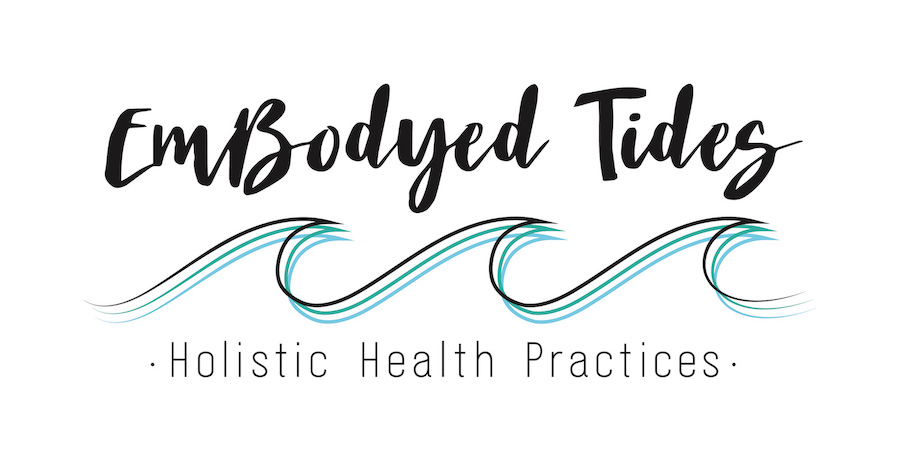To say that our transition into Fall this year looks different than those previously would be quite the understatement. Many schools are completely online, families continue to work from home, making decisions about where to travel (if at all) becomes more time-consuming, not to mention who do you include in your ‘quarantine pod’ for social connection?
The concept of non-attachment is certainly not specific to 2020, though it seems to have taken on a unique importance as we navigate some of this year’s hardships.
Non-attachment is a Buddhist term that centers on the idea of not allowing our emotions to rule our decisions or desires, as well as not holding onto connections or material things. Sound difficult? No worries, if it does – you’re not alone in thinking so.
What if you reflect on your emotions thus during quarantine? Possibly: content, fear, anger, sadness, grief, frustration, joy, apathy. Have any of them lingered? Do you find it easier to stay with the ones that feel better? Has accepting the many changes during these past 6 months felt challenging?
I don’t doubt that your experiences are personal and specific to you. However, I’d like to validate the normalcy of any ‘stuckness’ felt. Being in a certain emotional state for several hours or even days is pretty common. There are likely other emotions visiting during those times, but there may be a general theme that presents for you.
~ How do we practice noticing how we feel, without judgment?
~ How do we practice acknowledging when things feel different, without judgment?
~ How do we practice welcoming the full-range of our experience, without judgment?
Check out that word, practice! Through repetition, trial & error, and compassion, we can embody non-judgment and I believe also the practice of non-attachment. Which is also to say, that it stays in motion and is ever-evolving.
I like to remind folx that “practice makes practice,” not perfection. Non-attachment works similarly as its intention is all about accepting “what is” in the moment. This kind of presence plays a part in being aware and non-judgmental, which supports us in not latching onto the outcome of something. Consider these possible statements that hypothetically address some of the curiosities above:
“I notice the anger in my chest / the nervousness in my belly. I see I am in traffic / am about to pitch an idea to my boss. It makes sense that I would feel this way. And it will pass.”
“I can see that the way I engaged in class feels more exciting this week. I welcome the part of me that is interested for my teacher’s lesson.”
“The history within our relationship confuses me at times. Has he changed? Have I? Perhaps we both have. I am willing to explore it.”
“Seems like it would be helpful to adapt to what is happening with our family’s finances. I think looking for additional work will help me feel more secure.”
Give it a try, and if you like you can let me know how it goes for you to practice non-attachment in the coming days or weeks.
And I invite you to remember, there’s no one way — not even a right way — of being who you are.
